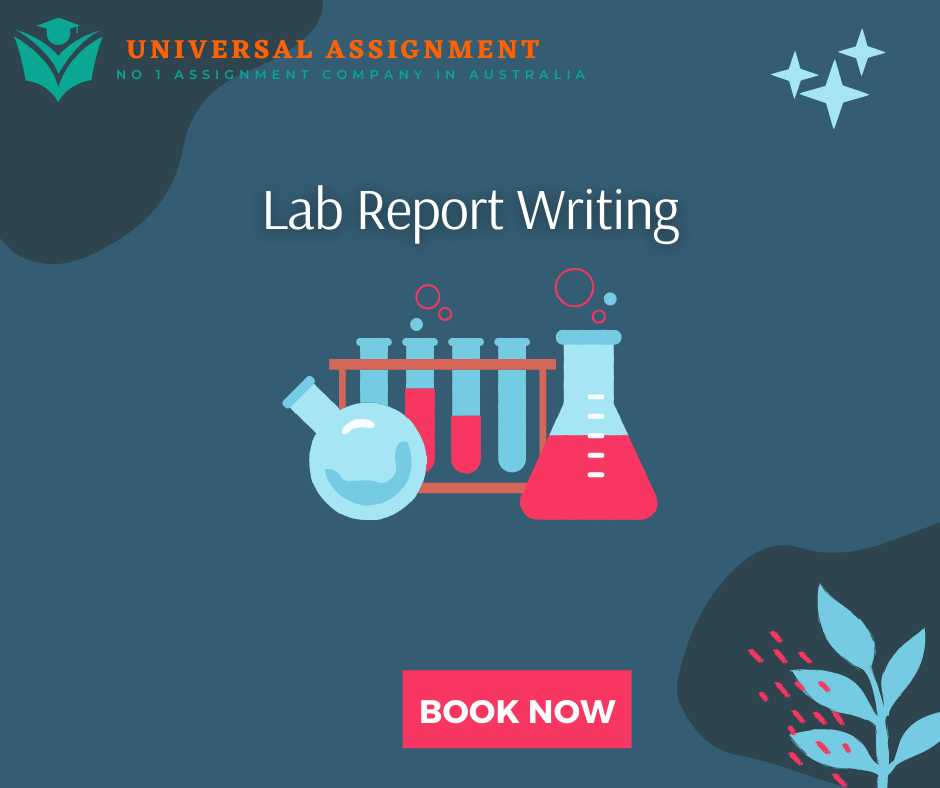
Density of sodium chloride solutions
Objectives
- Use techniques of measurement for calibration.
- Calculate the density of a sodium chloride solution.
- Evaluate sources of error and their effect on an experiment.
Pre-lab quiz
Have you completed the pre-lab quiz for this laboratory session?
This can be found on the unit MyLO page and completed any time before your lab session.
Quizzes must be completed prior to starting your laboratory activities.
Materials
- Digital scales
- Approx. 20g of sodium chloride
- Large beaker
- Small beaker
- 10 mL graduated cylinder
- Stirring rod (plastic, glass, or metal. Not wood)
- Digital thermometer
- Water
Safety Considerations
- Ensure electrical equipment is inspected and maintained before use. Electrical equipment not in good working order should not be used.
- Remember to handle glassware with care and inspect prior to use for chips or defects.
Procedure
A. Prepare the Sodium chloride Solution
In this first part, you will need to prepare the solution we are testing in today’s experiment. You are doing some simple maths calculations to determine what measurement of each ingredient is needed. There are a few potential steps that can introduce inaccuracies. This is perfectly fine so long as you are aware of where these appear and can account for them later with your final data.
- You will prepare a 15% sodium chloride solution. In the data section, work out the approximate mass of sodium chloride that is needed to make a 100 g sample of the assigned concentration. And complete Table 2.
- Tare (zero) the scale to be used. Place the larger beaker on the scale and record the mass in your data section in Table 3.
- Add the approximate mass of the sodium chloride calculated (in step 1) to the beaker and record the mass of beaker and sodium chloride in Table 3.
- Add water to the beaker until you have reached approximately 100 g of total solution. There is no need to spend a great deal of time getting the value at precisely 100g, your calculations are all proportional to the amount recorded.
- Record this final total mass (of the beaker, sodium chloride, and water) in Table 3.
- Using the stirring rod, gently stir to dissolve the sodium chloride.
Place this solution aside ready for Part C further down.
Part B. Calibration of a 10.0 Graduated Cylinder
In this section of the experiment, you are running trials to see how precisely a graduated cylinder delivers 10ml of liquid water. The outcome of your trials will reveal how much variation it contributes to the final data because of equipment related discrepancies. It answers the question: am I really delivering 10ml of water to my test?
- Measure the temperature of the room by leaving your thermometer on the counter (make sure the metal prong is not touching any surface) and identify the density of water at that temperature using Table 1 below. Record this in Table 4 in the results section.
Table 1 Density of water at different temperatures
| Temp (°C) | dH2O (g/mL) | Temp (°C) | dH2O (g/mL) | |
| 18.0 | 0.99860 | 22.0 | 0.99777 | |
| 19.0 | 0.99841 | 23.0 | 0.99754 | |
| 20.0 | 0.99820 | 24.0 | 0.99730 | |
| 21.0 | 0.99799 | 25.0 | 0.99704 |
- Place the small clear beaker on the scales, then tare it. (The balance should read zero with the beaker on the measuring pan so that the beaker’s mass does not need to be subtracted each time.)
- Measure exactly 10.0 mL of water using the 10 mL measuring cylinder. It’s important to be as accurate as you can for this step so take your time.
- Transfer the water to the tared beaker and record the mass of the water added in Table 4.
- Pour the water down the drain.
- Repeat this trial three times. Remember to tare the beaker each time it is weighed since it might still contain residual water.
- Use the mass measured and density of water at the temperature of the lab to calculate the volume of water actually delivered by your measuring device.
Part C. Measuring the Density of Prepared Sodium chloride Solution
In the last 2 parts, you are using your prepared solution and measuring the density via the use of a calibrated measuring cylinder. The result will reveal how precise your accurate data is compared with the (theoretical) calculations you conducted at the beginning of this session. The discrepancies between actual and theory is an indication of potential errors, which helps you to fine-tune your skills and techniques.
- Place the small (clean and dried) beaker on your digital scales once again and tare it.
- Rinse the ‘calibrated’ measuring cylinder with a small volume of the sodium chloride solution and discard to remove any residual water.
- Measure exactly 10.0 mL of the sodium chloride solution prepared in Part A using your ‘calibrated’ 10 mL measuring cylinder. In other words, use exactly the same measuring cylinder as you used for part B, do not swap for another one.
- Transfer the solution to the tared beaker and record the mass in Table 5.
- Discard the solution into the sink.
- Repeat this trial three times. Remember to tare the beaker each time it is weighed since it might still contain residual solution.
- Use the recorded masses of 10 mL of sodium chloride and the calibrated volume of the graduated cylinder (from Part B) to calculate the density of the sodium chloride solution.
Part D. Error Analysis
- Using the Sodium chloride Solution Mass concentration (% w/w) determined in Part A, read the theoretical density from the Graph in Figure 1.
- Calculate the % Error using the density determined in Part C as the Experimental value and the density from the graph as the Theoretical value.
Scan and submit the following pages
Experimental Data and Results
- Preparation of the Sodium chloride Solution
Table 2. Preparation of sodium chloride solution steps 1 – 3
| Use the equation to work out: | |
| Mass of solute (sodium chloride) needed | g |
| Mass of water needed | g |
Table 3. Preparation of sodium chloride solution steps 4 – 6
| Mass (g) | |
| Empty beaker | |
| Sodium chloride + beaker | |
| Sodium chloride + beaker + water | |
| Calculated actual mass of solute (sodium chloride) | |
| Calculated actual mass of solution (Water + sodium chloride) | |
| Calculated actual mass % (w/w) of sodium chloride solution | |
| Temperature of Lab |
- Calibration of a 10.0 Graduated Cylinder
Table 4 Calibration of 10 mL measuring cylinder
| Temperature of the room. | |||
| Density of water at this Temperature (obtain from Table 1 in method) | |||
| Calculate volume of water using the recorded mass from each trial and density of water at measured temperature using this equation: | |||
| Trial # | Recorded Mass of Water (g) | Calculated Volume of Water (mL) Show your workings out | |
| 1 | |||
| 2 | |||
| 3 | |||
| Average Volume Delivered | ml | ||
- Measuring the Density of Prepared Sodium chloride Solution
Table 5 Measurement of Density of Sodium chloride Solution
| Average volume delivered by 10 mL measuring cylinder (from part B) | |||
| Calculate the density by using your recorded mass from each trial and the volume from part B calibration using this same equation: | |||
| Trial # | Recorded Mass of Sodium chloride Solution (g) | Density of Sodium chloride Solution (g/mL) Show your workings out | |
| 1 | |||
| 2 | |||
| 3 | |||
| Average Sodium chloride Solution Density | (g/mL) | ||
Figure 1 Sodium chloride solution density at 20 °C (Simion, Grigoras, Rosu & Gavrila 2015).
- Error analysis
Table 6. Error Analysis of Sodium chloride Solution Preparation
| Calculated actual sodium chloride solution mass % (w/w) from Part A | |
| Theoretical Density (Read off figure 1) | |
| Average Sodium chloride Solution Density (from Part C) | |
| Use this space to work it out: |
Discussion Questions
- State the percent error calculated from your data today. Then, try to pinpoint and explain at least 2 parts of the procedure where you suspect contributed to the error. Think about all the different types of errors taught in the week 1 content and use the correct terminology.
- When weighing out some sodium chloride in today’s lab, a student delivered most of the spatula full into the beaker but spilled some of it onto the balance. After recording the mass, they proceeded with the experiment using the NaCl in the beaker. What kind of error does this produce? Explain what you might do if this happened to you so that you ensure there is minimal error.
- In today’s lab you needed to calibrate the measuring cylinder by measuring water three times. Explain why a minimum of 3 trials is always recommended?
References:
Simion, AI, Grigoras, C, Rosu, A-M & Gavrila, L 2015, Mathematical modelling of density and viscosity of NaCl aqueous solutions, Journal of Agroalimentary Processing and Technologies, vol. 21, pp. 41-52.


